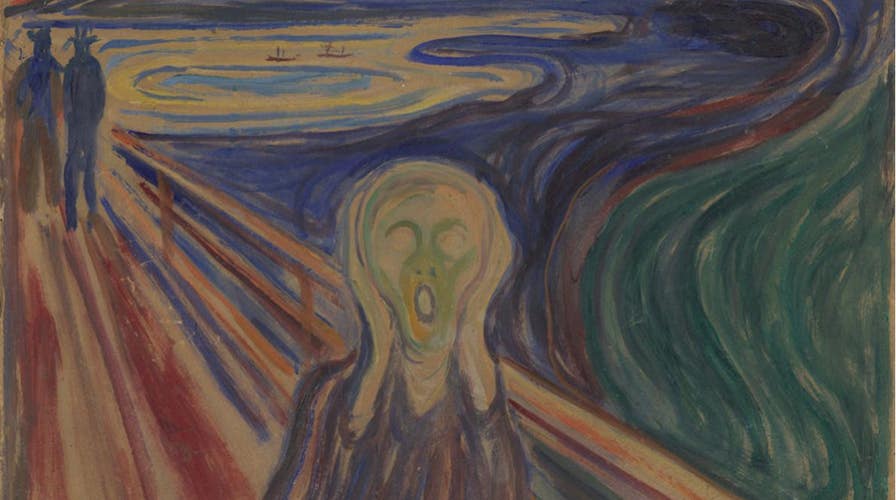Fox News Flash top headlines for May 18
Fox News Flash top headlines are here. Check out what's clicking on Foxnews.com.
Researchers have discovered the main cause of deterioration in one of the world's most prized artworks: Edvard Munch's "The Scream."
By conducting X-ray probes of flakes of paint from the 1910 painting and paint samples with similar composition, they determined that cadmium sulfate, a breakdown product of cadmium sulfide, was present paint flecks from "The Scream."
The work of Letizia Monico, a chemist at the Italian National Research Council in Perugia, and her colleagues was published Friday in Science Advances.
GIANT SANDSTORM LOOMS OVER INDIA, DRAMATIC PHOTOS REVEAL

Moisture is the main reason that vivid yellow paint on Edvard Munch’s 1910 version of “The Scream” (seen above) is fading and flaking off, a new study finds. (Irina Crina Anca Sandu, Eva Storevik Tveit/Munch Museum)
RUSSIA ASKS GOOGLE TO BLOCK ARTICLE QUESTIONING COVID-19 DEATH TOLL
Scientists showed that cadmium sulfate also appeared in artificially aged paints that were exposed to 95 percent humidity in light and darkness -- but similar samples exposed to light in 45 percent humidity did not show signs of decay.
Moisture seems to be the main culprit in aging the famous painting, according to the findings, and the painting is best kept at 45 percent humidity or lower.
Preservation efforts for the works of other painters, including van Gogh and Matisse, could be aided by this research.

